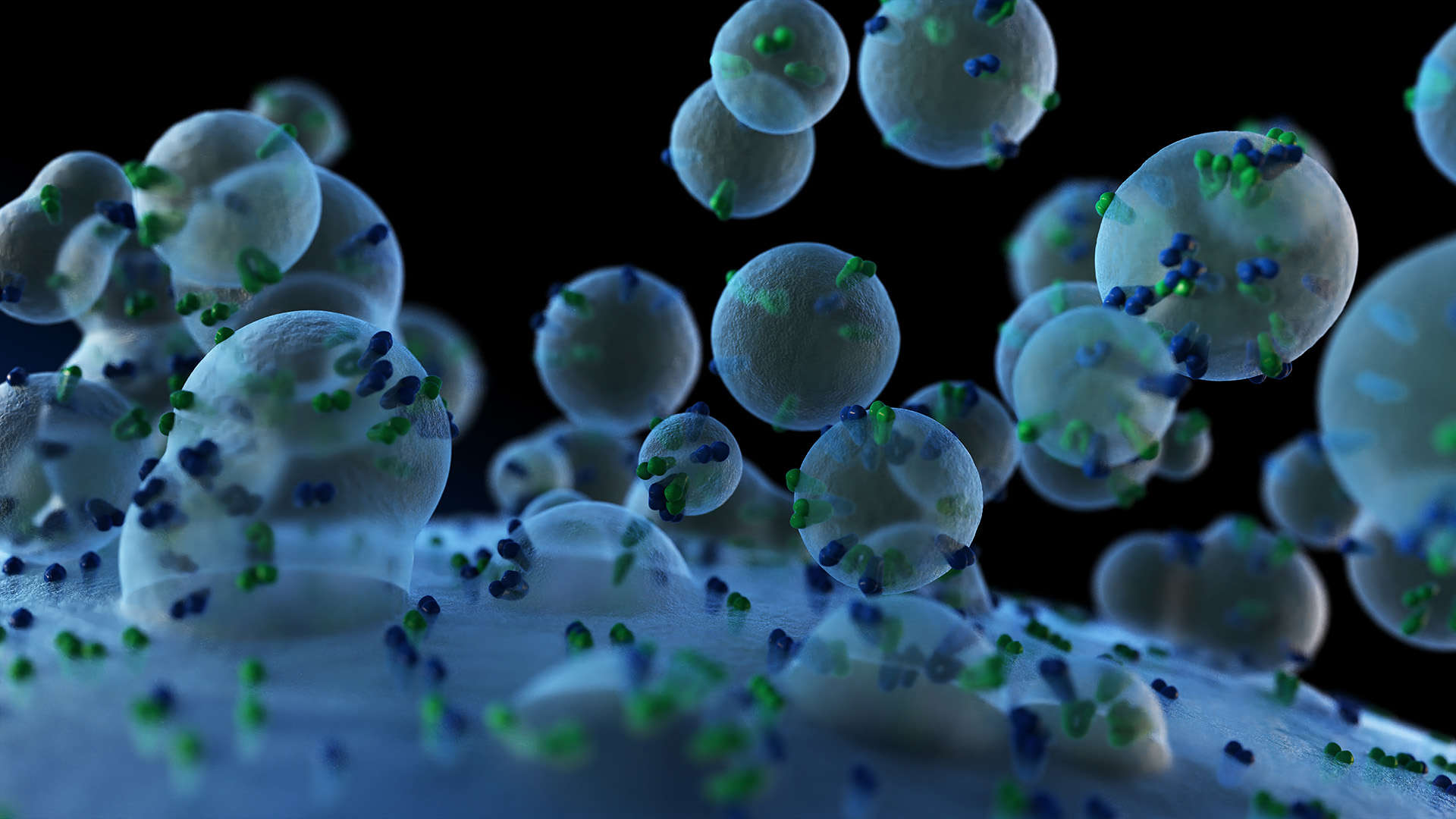SWATH-DIA Protein Quantitation Service
Online InquiryCreative Proteomics provides the SWATH-DIA protein quantification platform, which can completely identify and quantify almost all detectable compounds in the sample, and accelerate your related research on proteomics.
SWATH-DIA is an emerging technology in the field of mass spectrometry based on proteomics, which is the next generation data-independent (DIA) mass spectrometry for complete qualitative and quantitative sample analysis. SWATH-DIA analyzes all molecules in the sample without discrimination, and stores MS, MS/MS data of all peptides at one time to ensure that no potentially important data is missed. SWATH-DIA uses a data-independent scanning acquisition mode. All peptide precursor ions in the scanning interval are scanned at ultra-high speed and subjected to secondary fragmentation. The secondary fragment ions are used for relative / absolute quantification of the protein to obtain a complete peptide information.
The Workflow of SWATH-DIA Protein Quantitation Service
The process of SWATH-DIA include protein extraction, proteolytic cleavage, peptide separation, mass spectrometry analysis and bioinformatics analysis.

Technology Platform
AB SCIEX Triple TOF 5600-plus.
Advantages of SWATH-DIA Protein Quantitation Service:
- Suitable for large-scale protein quantitative analysis with high throughput, SWATH-DIA is a truly panoramic, high-throughput mass spectrometry technology that also greatly improves quantitative reproducibility.
- SWATH-MS analysis software will align the spectral peaks between samples and transfer the identification results to ensure the accuracy of the experimental results.
- The chromatographic and MS1 precursor ion and MS2 fragment ion peak information of the SWATH-DIA data are quite complete, so it is very suitable for retrospective analysis after a period of time, and it is easy to operate without grouping, less sample processing, and efficient software and database operation; It can maximize the retention of XIC-related MS1 and MS2 information in the data.
- SWATH-DIA has achieved a huge increase in the number of quantitative peptides, indicating that the more quantitative peptides, the more corresponding quantifiable proteins, and the higher the sequence coverage of the detected protein.
- Suitable for studying structure, bacteria, fungi, and cell secretion samples.
- There are no species restrictions, and it can be applied to many fields such as agricultural plant protection, animal husbandry and veterinary medicine, animal medicine, aquaculture, and biomedicine.
Sample Requirements
It is recommended to send original samples unless the customer is already proficient in proteomics protein extraction methods.
- Animal tissue samples: The wet weight is not less than 200mg, and the samples cannot be hemolyzed. The tissues are rinsed with PBS until blood is removed. Samples such as cartilage or bone are recommended to be no less than 400mg.
- Plant tissue samples: Wet weight is not less than 2g. After sampling, rinse with PBS at least 3 times until impurities are removed.
- Bacterial samples: Only bacterial samples of common non-toxic bacteria are accepted, and the precipitate of the bacteria is not less than 100mg or the volume is not less than 100μl.
- Cell samples: Collect the cell pellets and wash them 3 times with PBS (to prevent the albumin in the residual serum from affecting the identification results). The amount of sample sent is 107 or the cell pellet is not less than 50μl.
- Supernatant of culture medium: It is necessary to ensure aseptic body or cells (filtered through 0.2 μm membrane), and the conditions can be concentrated and then sent; the sample volume should be no less than 10ml.
- Serum samples: After fresh blood is taken out, centrifuge at 4°C, 2000g for 15min, and take the supernatant to obtain serum. Serum cannot be hemolyzed during the preparation of serum. The volume of serum must be not less than 500μl.
- If the customer provides a protein sample directly, the amount of protein is not less than 1mg and the concentration is not less than 2mg/ml.
Application of SWATH-DIA Protein Quantitative Technology
- Biological research
- Gene-related research
- Drug/Interference screen
Delivery
Complete proteomics experiment report (including specific experimental procedures); Bioinformatics analysis results (including protein difference level analysis); Protein profiling raw data; Protein test report.
Want to Know about Other Proteomics Quantitative Analysis Techniques?
- SILAC Quantitation Service
- ICAT Quantitation Service
- TMT Quantitation Service
- iTRAQ Quantification Service
- SRM/MRM Quantitation Service
- PRM Quantitation Service
References
- Schubert OT, Gillet LC, Collins BC, et al. Building high-quality assay libraries for targeted analysis of SWATH MS data. Nat Protoc, 2015, 10(3):426–441.
- Bereman MS, Johnson R, Bollinger J, et al. Implementation of statistical process control for proteomic experiments via LC MS/MS. J Am Soc Mass Spectrom, 2015, 25(4):581–587.
* For Research Use Only. Not for use in diagnostic procedures.



